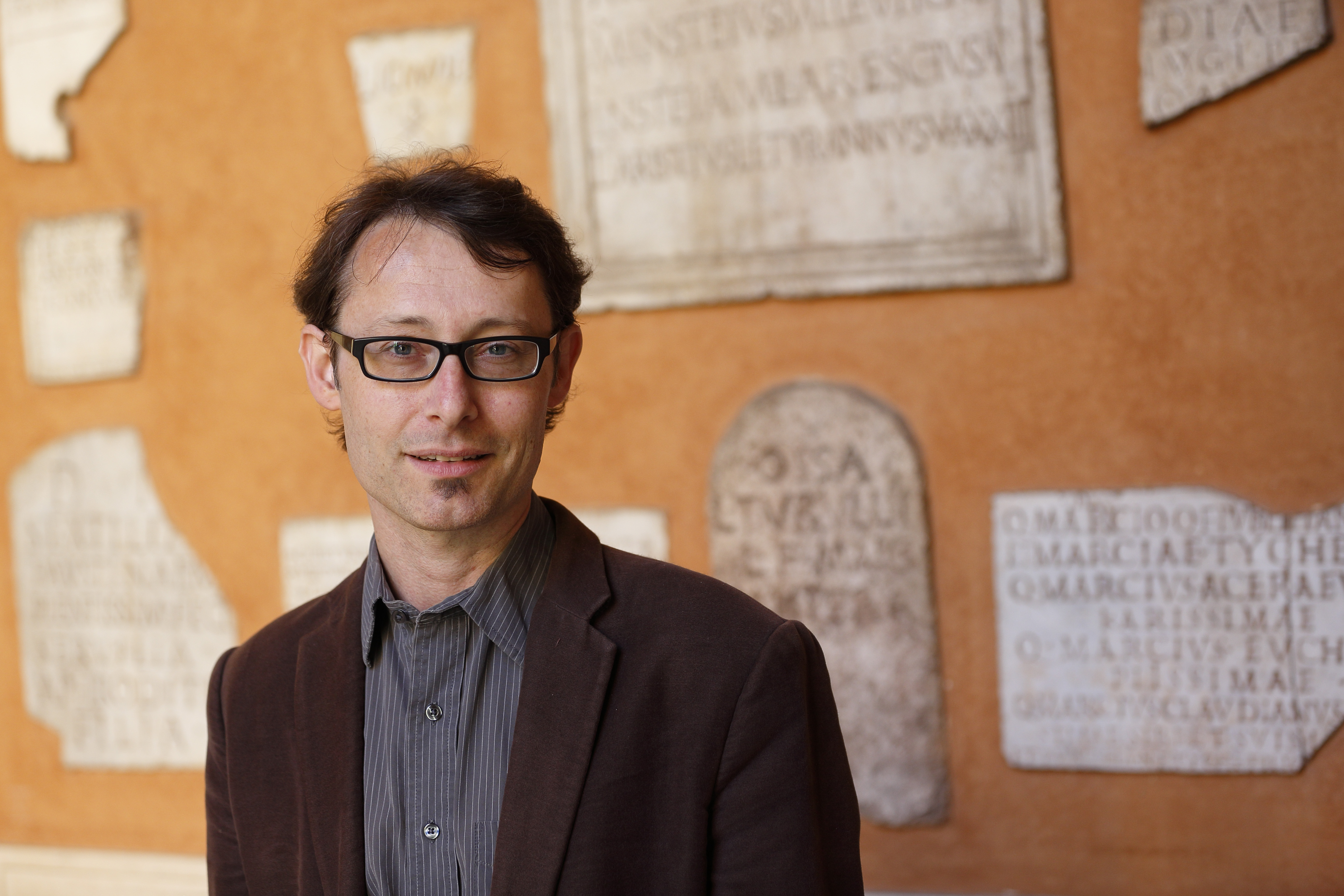Affiliation: University of Dayton

Dr. Dorian Borbonus teaches Greek and Roman History in the History Department at the University of Dayton. He studied Classical Archaeology at the Freie Universität Berlin and completed a PhD in Mediterranean Archaeology at the University of Pennsylvania. He was a regular member at the American School of Classical Studies in Athens and conducted fieldwork in Italy, Greece and Turkey. Dorian is interested in Roman architecture and urbanism and his research concentrates on the development of Roman funerary architecture and art. He was a contributing author on the Mapping Augustan Rome project and has written a book on Columbarium Tombs, enigmatic tombs in Rome that resemble the more familiar catacombs. As a Rome Prize Fellow at the American Academy in Rome, he started a research project on the development of funerary culture in imperial Rome. He is also engaged in fieldwork that documents the extant architecture of Roman cemeteries, like the Necropoli di San Paolo in Rome.
Burial is a deeply personal act that responds to personal bereavement but also a timeless ritual that mitigates the social disruptions caused by a death in the community. Because of its significance, it is not surprising that people in ancient times took measures to ensure a dignified funeral for themselves and their loved ones. On the flipside, this importance enabled interment to be weaponized, for example through “deviant” burials or the outright denial of funerary rites. This lecture presents remarkable examples of archaeological sites, inscriptions, legal regulations and literary reflections from the ancient Mediterranean, which show that communities in antiquity were preoccupied with funerary rites. More specifically, these examples illustrate the lengths to which people went to secure the privilege of burial and the means they used to deny it. While some ancient practices might seem outlandish today, there are still distant echoes in modern societies, in which some cemeteries are treasured whereas others are threatened with disappearance.
The remarkable collective tombs from the imperial city of Rome have captured the imagination of visitors since the Renaissance. This lecture shows that the celebrated catacombs and the less familiar columbaria are not only evocative and mysterious underground spaces, but they also served a purpose. Despite their immense size, they should not be interpreted as purely economic solutions to a growing urban population. Instead, they allowed communities to articulate shared identities through communal rituals. At the same time, changes in funerary art and architecture demonstrate that the burial culture of Rome was always in flux and adapted to meet the needs of the population. While the lecture focuses on the material culture of imperial Rome, collective burial is also used in modern societies to express collective notions, for example in immigrant communities and military cemeteries.